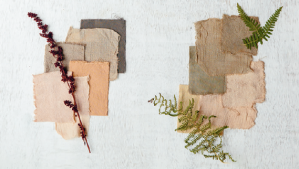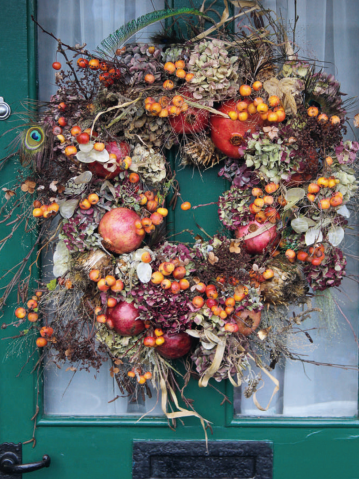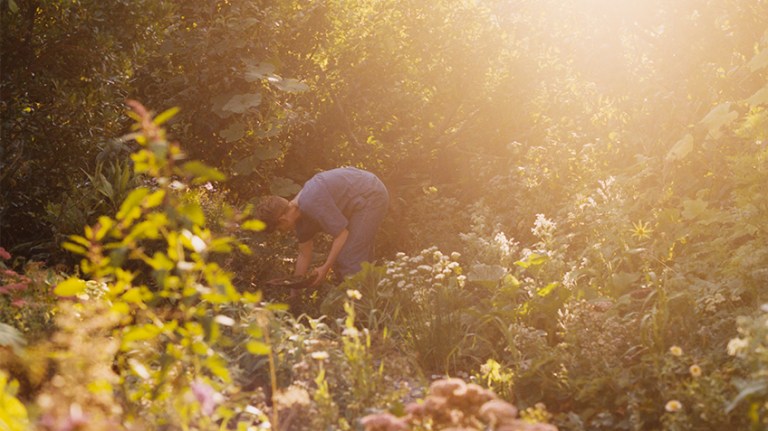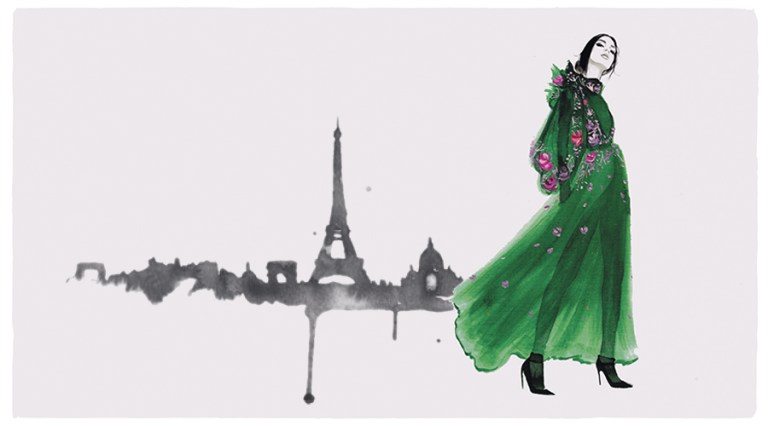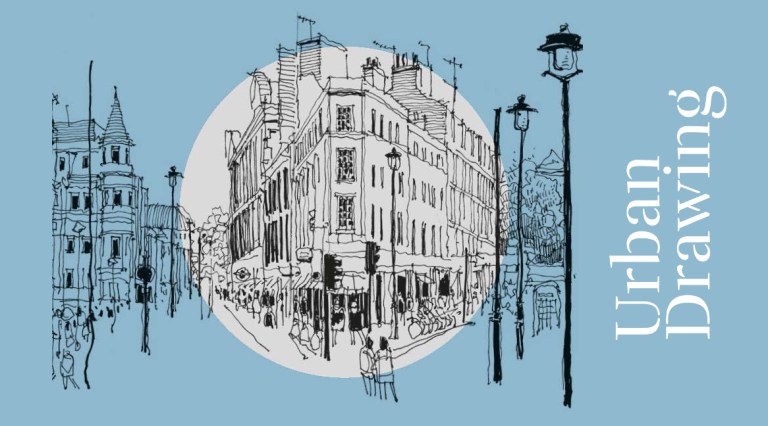Shades of summer and a note on foraging
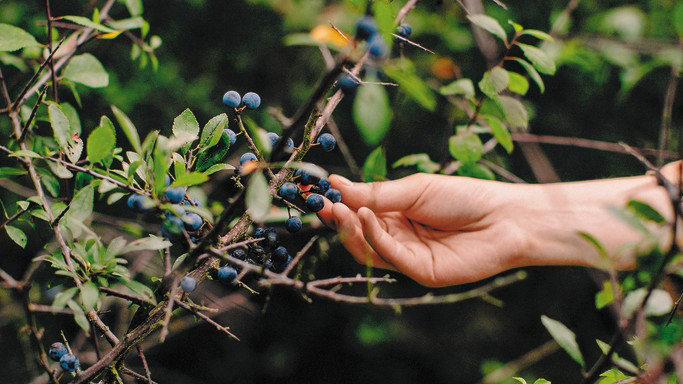
A note on summer foraging
From early to late summer, foraging for dye plants feels like being a child let loose in a sweet shop. Plants are thriving and in full bloom and as the summer progresses they start to fruit and produce seeds. A plethora of natural colour is on offer at this glorious time of year. To seek out summer dye plants you must venture off the beaten track into fields and down paths lined with hedgerows. If you are bound to the city you will find verges by the road are spilling over with summer’s verdant growth. Taking care not to get carried away, you can begin keeping an eye out on walks and start to collect small bounties here and there. I find it better to forage little and often from different sources so that I never put one plant under too much strain. If you are in a town or city be mindful that there is always less to go around for the local wildlife. Out in the countryside you may find that most creatures beat you to it and berries are gone before you can get your hands on them. It is possible to forage for dye plants all year round and you may find that, depending on where you are in the world, the plants here are available at different times of year. The more aware you become of your surroundings, the more you will start to notice the change of seasons and what plants each brings with it. In this chapter I explore a few of my favourite summer plants, but you may also experiment with many more, which you will find listed in the section on alternative plants.
Shades of summer
Hawthorn
Crataegus monogyna
In late spring and early summer hawthorn blooms with the most spectacular blossoms, which mature into bright red haws in late summer through to early autumn. You can forage for its flowers earlier in the year, which will give you delicate shades of yellow and green when simmered gently in water. If you wait until late summer the leaves, branches and berries will produce the most amazing pinks which transition to soft maroons when treated with an iron mordant. High in tannin, the leaves and branches help the dye to fix and you don’t always need a mordant. When first simmered, the dye water has a green tinge, but within 24 hours it has begun to turn deep pink.
Dye colour: yellow, green, pink
Iron mordant: warm grey, soft maroon
Common Sorrel
Rumex acetosa
Sorrel is a readily available plant to forage as it grows like a weed and can be used at all times in its growing season. You can either use the tall green stems and leaves or dig them up to harvest their roots. I like to cut and use it when it has gone to seed in late summer. You will recognise it for its tall, reddish-brown stems packed full of seeds. Depending on the size of the stems, I would normally cut three tall stems roughly 1 metre (40in) high, which would give you plenty for a strong vat of dye. If, like me, you choose to use its dried stems, you will achieve warm shades of tan brown, which change to dark grey in an iron mordant. If you pick it when the stems are young and green you will get pale, yellowy greens.
Dye colour: tan brown, yellow-green
Iron mordant: dark grey
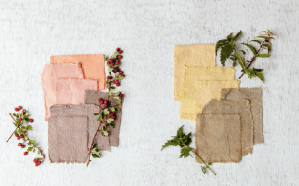
Nettle
Urtica dioica
The nettle naturally seems a strange plant to forage due to its reputation for causing painful stings when touched. It is a great source of natural dye as well as being edible and used as a natural fibre for spinning and weaving. If you choose to pick nettles while out foraging, remember to wear a pair of gardening gloves and long sleeves to protect your hands and arms. Once simmered in a vat, the little hairs that cause their sting will have been destroyed. You can pick nettles throughout the spring and summer and even into autumn. Early foraging will yield pale greens and yellows while stems picked later will begin to produce khakis and warm tans.
Dye colour: yellow-green, khaki, warm tan
Iron mordant: grey, brown
Bracken
Pteridium aquilinum
Bracken can be found growing in vast swathes blanketing hillsides and heaths. If not managed and frequently cut it can become quite invasive, so you will never be short of a bountiful crop for your dye pot. It is strong stuff so make sure to go out with a strong pair of secateurs or a sharp foraging knife. Depending on the size of the plant, you will need to harvest several fans of fern head to roughly chop and simmer in your dye vat. It can be quite an unpredictable dye plant, producing colours from pinky tans in older fronds to yellow greens in younger leaves. It is always worth picking and experimenting with several fronds at different times of year to discover the varied palette of colour they produce.
Dye colour: tan brown, yellow-green
Iron mordant: warm brown, grey
